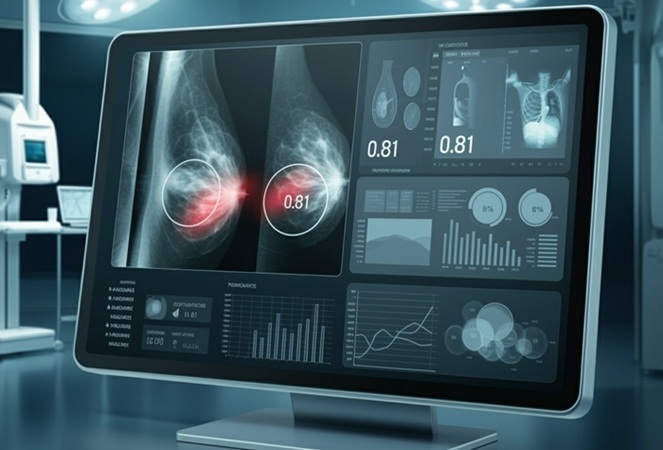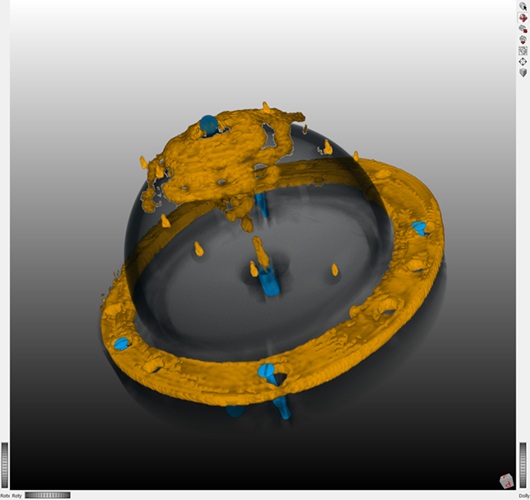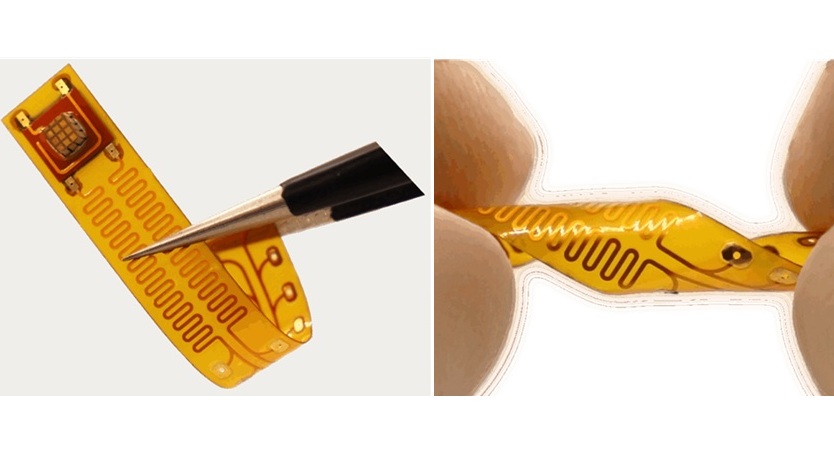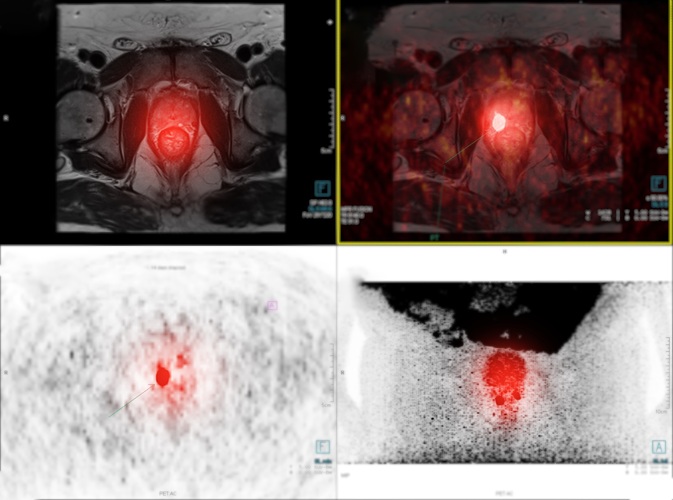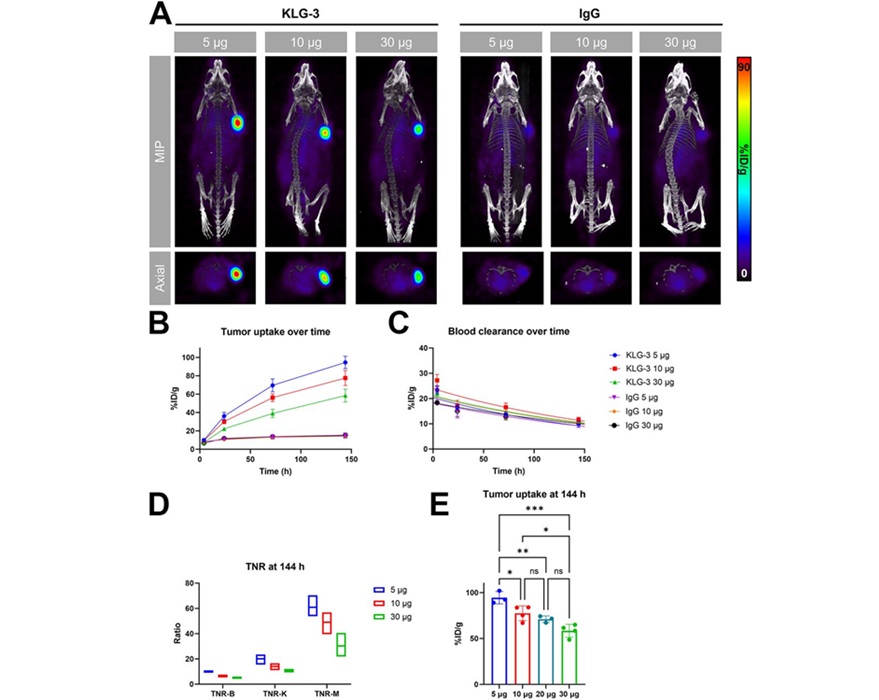AI-Powered COVID-19 CT Algorithm Provides Quantitative Measurement for Suspected Coronavirus Patients
|
By MedImaging International staff writers Posted on 03 Dec 2020 |
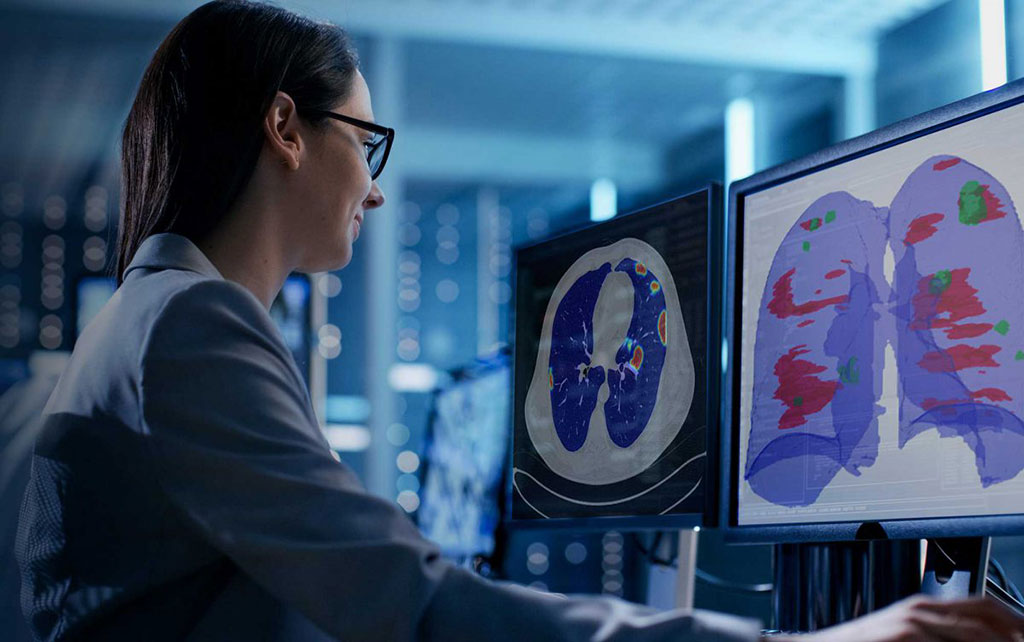
Illustration
The latest updated version of an artificial intelligence (AI)-driven COVID-19 medical imaging solution can now help radiologists distinguish between coronavirus and other abnormalities, such as common pneumonia on chest CT scans.
RADLogics (New York, NY, USA) has unveiled the latest version of the company’s AI-Powered COVID-19 CT algorithm. Building on the company’s AI-Powered solution that has processed and analyzed hundreds of thousands of suspected coronavirus cases globally, the latest update delivers a complex deep learning system consisting of several models utilized to detect, localize and segment regions in the lungs infected with COVID-19. The AI-Powered solutions are poised to not only alleviate the increased burden associated with COVID-19, but to help support improved outcomes by reducing burnout and errors.
As part of RADLogics’ latest version of its algorithm, three different analyses can now be performed simultaneously on raw chest CT image scans including: 1) a lungs region-of-interest are cropped with lung abnormalities detected; 2) the lung lobes are segmented and; 3) if the nodules plug-in is activated, focal Ground Glass Opacities (GGOs) are detected. According to leading physicians, these measurements are key features in determining patient classification into COVID-19 and non-COVID-19 indications. The overall system produces the decision whether the case is suspected for COVID-19 with a confidence level (in percentages). These measurements along with other features are used by radiologists to distinguish between COVID-19 and other abnormalities such as common pneumonia.
To further validate the ability of AI to distinguish COVID-19 from other respiratory diseases, members of the RADLogics’ algorithm development team, led by Professor Hayit Greenspan from Tel Aviv University, studied a fully automated AI-based system that takes as input chest CT scans and triages COVID-19 cases. The study explored multiple descriptive features, including lung and infections statistics, texture, shape and location, to train a machine learning-based classifier that distinguishes between COVID-19 and other lung abnormalities (including community acquired pneumonia). The research evaluated the system on a dataset of 2,191 CT cases and demonstrated a robust outcome with 90.8% sensitivity at 85.4% specificity with 94.0% ROC-AUC.
“With the US in the midst of an unprecedented rise in COVID-19 infections, with current hospitalizations at an all-time record of more than 90,000 patients, there is an increasing need for AI solutions in medical imaging,” said Moshe Becker, CEO and Co-Founder of RADLogics. “Coronavirus-related infection rates are experiencing a sharp increase in most states - from rural communities to urban areas - that have the potential to overwhelm ER, ICU and radiology teams with a surge of patients, and AI-Powered medical imaging analysis solutions are poised to reduce this pressure through improved patient triage, monitoring and management.”
Related Links:
RADLogics
RADLogics (New York, NY, USA) has unveiled the latest version of the company’s AI-Powered COVID-19 CT algorithm. Building on the company’s AI-Powered solution that has processed and analyzed hundreds of thousands of suspected coronavirus cases globally, the latest update delivers a complex deep learning system consisting of several models utilized to detect, localize and segment regions in the lungs infected with COVID-19. The AI-Powered solutions are poised to not only alleviate the increased burden associated with COVID-19, but to help support improved outcomes by reducing burnout and errors.
As part of RADLogics’ latest version of its algorithm, three different analyses can now be performed simultaneously on raw chest CT image scans including: 1) a lungs region-of-interest are cropped with lung abnormalities detected; 2) the lung lobes are segmented and; 3) if the nodules plug-in is activated, focal Ground Glass Opacities (GGOs) are detected. According to leading physicians, these measurements are key features in determining patient classification into COVID-19 and non-COVID-19 indications. The overall system produces the decision whether the case is suspected for COVID-19 with a confidence level (in percentages). These measurements along with other features are used by radiologists to distinguish between COVID-19 and other abnormalities such as common pneumonia.
To further validate the ability of AI to distinguish COVID-19 from other respiratory diseases, members of the RADLogics’ algorithm development team, led by Professor Hayit Greenspan from Tel Aviv University, studied a fully automated AI-based system that takes as input chest CT scans and triages COVID-19 cases. The study explored multiple descriptive features, including lung and infections statistics, texture, shape and location, to train a machine learning-based classifier that distinguishes between COVID-19 and other lung abnormalities (including community acquired pneumonia). The research evaluated the system on a dataset of 2,191 CT cases and demonstrated a robust outcome with 90.8% sensitivity at 85.4% specificity with 94.0% ROC-AUC.
“With the US in the midst of an unprecedented rise in COVID-19 infections, with current hospitalizations at an all-time record of more than 90,000 patients, there is an increasing need for AI solutions in medical imaging,” said Moshe Becker, CEO and Co-Founder of RADLogics. “Coronavirus-related infection rates are experiencing a sharp increase in most states - from rural communities to urban areas - that have the potential to overwhelm ER, ICU and radiology teams with a surge of patients, and AI-Powered medical imaging analysis solutions are poised to reduce this pressure through improved patient triage, monitoring and management.”
Related Links:
RADLogics
Latest General/Advanced Imaging News
- Cutting-Edge Angio-CT Solution Offers New Therapeutic Possibilities
- Extending CT Imaging Detects Hidden Blood Clots in Stroke Patients
- Groundbreaking AI Model Accurately Segments Liver Tumors from CT Scans
- New CT-Based Indicator Helps Predict Life-Threatening Postpartum Bleeding Cases
- CT Colonography Beats Stool DNA Testing for Colon Cancer Screening
- First-Of-Its-Kind Wearable Device Offers Revolutionary Alternative to CT Scans
- AI-Based CT Scan Analysis Predicts Early-Stage Kidney Damage Due to Cancer Treatments
- CT-Based Deep Learning-Driven Tool to Enhance Liver Cancer Diagnosis
- AI-Powered Imaging System Improves Lung Cancer Diagnosis
- AI Model Significantly Enhances Low-Dose CT Capabilities
- Ultra-Low Dose CT Aids Pneumonia Diagnosis in Immunocompromised Patients
- AI Reduces CT Lung Cancer Screening Workload by Almost 80%
- Cutting-Edge Technology Combines Light and Sound for Real-Time Stroke Monitoring
- AI System Detects Subtle Changes in Series of Medical Images Over Time
- New CT Scan Technique to Improve Prognosis and Treatments for Head and Neck Cancers
- World’s First Mobile Whole-Body CT Scanner to Provide Diagnostics at POC
Channels
Radiography
view channel
AI Hybrid Strategy Improves Mammogram Interpretation
Breast cancer screening programs rely heavily on radiologists interpreting mammograms, a process that is time-intensive and subject to errors. While artificial intelligence (AI) models have shown strong... Read more
AI Technology Predicts Personalized Five-Year Risk of Developing Breast Cancer
Breast cancer remains one of the most common cancers among women, with about one in eight receiving a diagnosis in their lifetime. Despite widespread use of mammography, about 34% of patients in the U.... Read moreMRI
view channel
AI-Assisted Model Enhances MRI Heart Scans
A cardiac MRI can reveal critical information about the heart’s function and any abnormalities, but traditional scans take 30 to 90 minutes and often suffer from poor image quality due to patient movement.... Read more
AI Model Outperforms Doctors at Identifying Patients Most At-Risk of Cardiac Arrest
Hypertrophic cardiomyopathy is one of the most common inherited heart conditions and a leading cause of sudden cardiac death in young individuals and athletes. While many patients live normal lives, some... Read moreUltrasound
view channel
Non-Invasive Ultrasound-Based Tool Accurately Detects Infant Meningitis
Meningitis, an inflammation of the membranes surrounding the brain and spinal cord, can be fatal in infants if not diagnosed and treated early. Even when treated, it may leave lasting damage, such as cognitive... Read more
Breakthrough Deep Learning Model Enhances Handheld 3D Medical Imaging
Ultrasound imaging is a vital diagnostic technique used to visualize internal organs and tissues in real time and to guide procedures such as biopsies and injections. When paired with photoacoustic imaging... Read moreNuclear Medicine
view channel
New Camera Sees Inside Human Body for Enhanced Scanning and Diagnosis
Nuclear medicine scans like single-photon emission computed tomography (SPECT) allow doctors to observe heart function, track blood flow, and detect hidden diseases. However, current detectors are either... Read more
Novel Bacteria-Specific PET Imaging Approach Detects Hard-To-Diagnose Lung Infections
Mycobacteroides abscessus is a rapidly growing mycobacteria that primarily affects immunocompromised patients and those with underlying lung diseases, such as cystic fibrosis or chronic obstructive pulmonary... Read moreGeneral/Advanced Imaging
view channel
Cutting-Edge Angio-CT Solution Offers New Therapeutic Possibilities
Maintaining accuracy and safety in interventional radiology is a constant challenge, especially as complex procedures require both high precision and efficiency. Traditional setups often involve multiple... Read more
Extending CT Imaging Detects Hidden Blood Clots in Stroke Patients
Strokes caused by blood clots or other mechanisms that obstruct blood flow in the brain account for about 85% of all strokes. Determining where a clot originates is crucial, since it guides safe and effective... Read more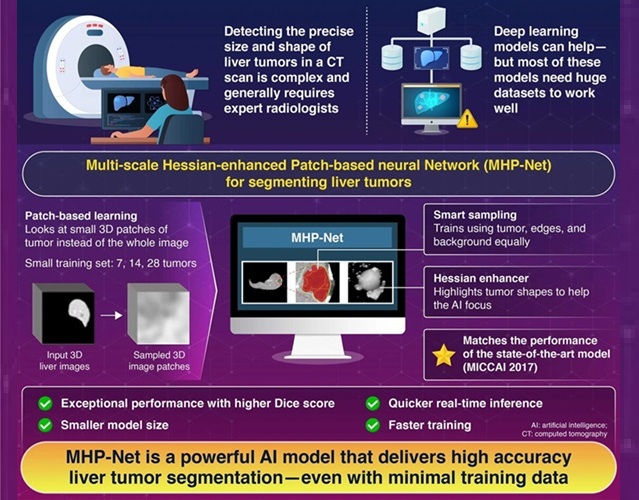
Groundbreaking AI Model Accurately Segments Liver Tumors from CT Scans
Liver cancer is the sixth most common cancer worldwide and a leading cause of cancer-related deaths. Accurate segmentation of liver tumors is critical for diagnosis and therapy, but manual methods by radiologists... Read more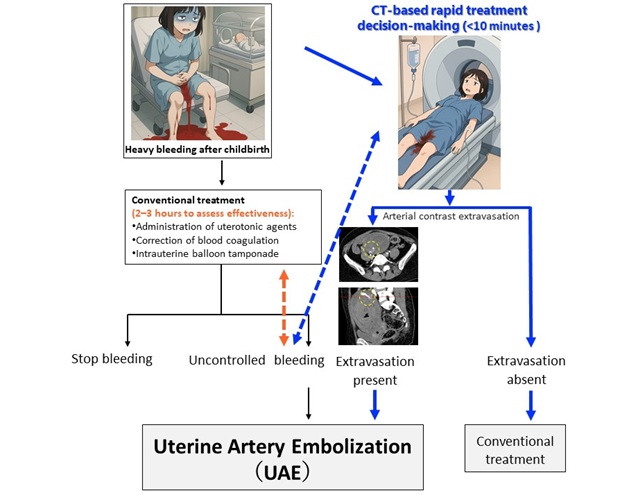
New CT-Based Indicator Helps Predict Life-Threatening Postpartum Bleeding Cases
Postpartum hemorrhage (PPH) is a leading cause of maternal death worldwide. While most cases can be controlled with medications and basic interventions, some become life-threatening and require invasive treatments.... Read moreImaging IT
view channel
New Google Cloud Medical Imaging Suite Makes Imaging Healthcare Data More Accessible
Medical imaging is a critical tool used to diagnose patients, and there are billions of medical images scanned globally each year. Imaging data accounts for about 90% of all healthcare data1 and, until... Read more
Global AI in Medical Diagnostics Market to Be Driven by Demand for Image Recognition in Radiology
The global artificial intelligence (AI) in medical diagnostics market is expanding with early disease detection being one of its key applications and image recognition becoming a compelling consumer proposition... Read moreIndustry News
view channel
GE HealthCare and NVIDIA Collaboration to Reimagine Diagnostic Imaging
GE HealthCare (Chicago, IL, USA) has entered into a collaboration with NVIDIA (Santa Clara, CA, USA), expanding the existing relationship between the two companies to focus on pioneering innovation in... Read more
Patient-Specific 3D-Printed Phantoms Transform CT Imaging
New research has highlighted how anatomically precise, patient-specific 3D-printed phantoms are proving to be scalable, cost-effective, and efficient tools in the development of new CT scan algorithms... Read more
Siemens and Sectra Collaborate on Enhancing Radiology Workflows
Siemens Healthineers (Forchheim, Germany) and Sectra (Linköping, Sweden) have entered into a collaboration aimed at enhancing radiologists' diagnostic capabilities and, in turn, improving patient care... Read more












